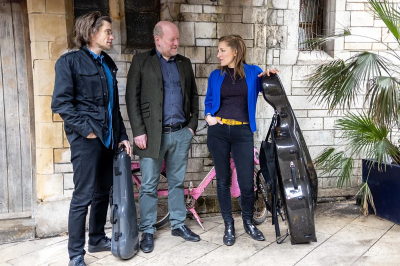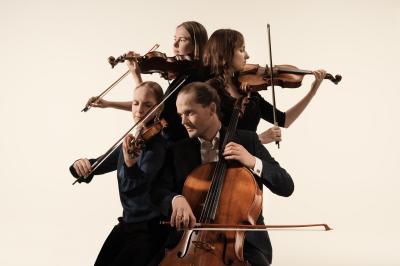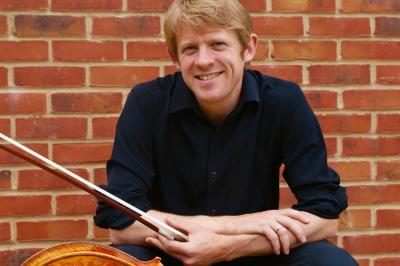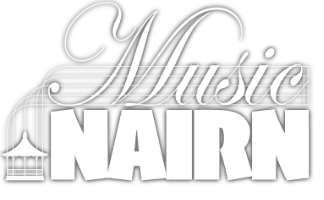Athenaeum Winds
Wind Quintets, the wind equivalent of the string quartet, are fortunate in two main respects in that they boast the tonal variety of three very different reed instruments, the clarinet, bassoon and oboe (or cor anglais), and in addition the versatile sounds of the flute (or piccolo) and in addition the contrasting timbres of the horn. Partly as a result of this they can draw on a large body of repertoire. Odd then perhaps to begin a concert with two arrangements as the Athenaeum Winds did in their performance for Music Nairn. An arrangement of one of Poulenc's morceaux for solo piano, the Novelette in C, made for an undemanding but engaging opener, and usefully tuned our ears in to the sound world of the wind quintet. Next they tackled Mozart's Serenade in Eb K357, originally composed for pairs of clarinets, bassoons and horns (with the later addition of a pair of oboes), and arranged for wind quintet by Friedrich Gabler, a horn player and arranger and occasional member of the Vienna Philharmonic. While Gabler was clearly well acquainted with the capabilities of each of the wind instruments, his 'arrangement' proved to be more of a reworking, regularly changing harmonic progressions and randomly sharing around the melodic interest in a way which was highly disconcerting for anyone who like me was familiar with the original. It seems to me a little presumptuous to seek to 'improve' upon harmonies by Mozart, a composer with the tendency to sound absolutely definitive. A further curiosity was the ensemble's decision to play only three of the original five movements, of which the Allegro Finale lost much of its charm by being romped through too fast.
With the final work in the first half we were on more satisfactory territory, as the ensemble gave a spirited and dynamically varied account of La cheminée du Roi René by Darius Milhaud. This delightful suite, deriving from a film score, shows Milhaud at his most harmonically and melodically inventive, and perfectly evoked the world of pre-war French cinema. The ensemble clearly warmed to this more modern repertoire, and the second half opened with an exciting account of György Ligeti's Six Bagatelles of 1950, which explored the sonorities of each of the instruments. As early Ligeti, the work still had firm roots in the composer's Romanian/Hungarian musical heritage and the Bartok legacy, before his immersion later in the decade in the western avant-garde scene. This spiky, pungent score stimulated some of the evening's finest playing from the ensemble.
I started by extolling the virtues of the wind quintet and its repertoire, but there is a down side – there is painfully little serious music written for the ensemble, and much of the music tends to the lightly witty or tiresomely jocular. This was arguably the case with most of the music in the Athenaeum Winds' programme, with the exception perhaps of the Mozart and the Ligeti, and was certainly the predominant tone of the final two slots : first a group of three movements from a recently commissioned work Pilgrim of Curiosity by Oliver Searle, of which pastiche was the major characteristic. In the central piece, Waverley Dawn , for example, the potentially inventive idea of using the 'non-standard noises' produced by the instruments – reed-sucking, mouthpiece pops, wind rushes – began promisingly enough but ended up playing for laughs. Similarly, the broad humour of the Dance Suite by Norman Hallam, essentially parodying a variety of dance forms, went down well with the audience, but at the same time illustrated the essentially light novelty, easy-listening quality of much of the contemporary music available to the wind quintet.
This exciting group of young Scottish wind players are to be admired for their well-blended tone, wide dynamic range and courageous approach to difficult contemporary scores, and the occasional fluffed note and ragged entry will be eradicated as they gradually accumulate performance experience – and I look forward in the future to hearing them tackle one of the handful of serious 'big beasts' of the wind quintet repertoire, such as the Nielsen or Hindemith quintets.
Forthcoming Events








